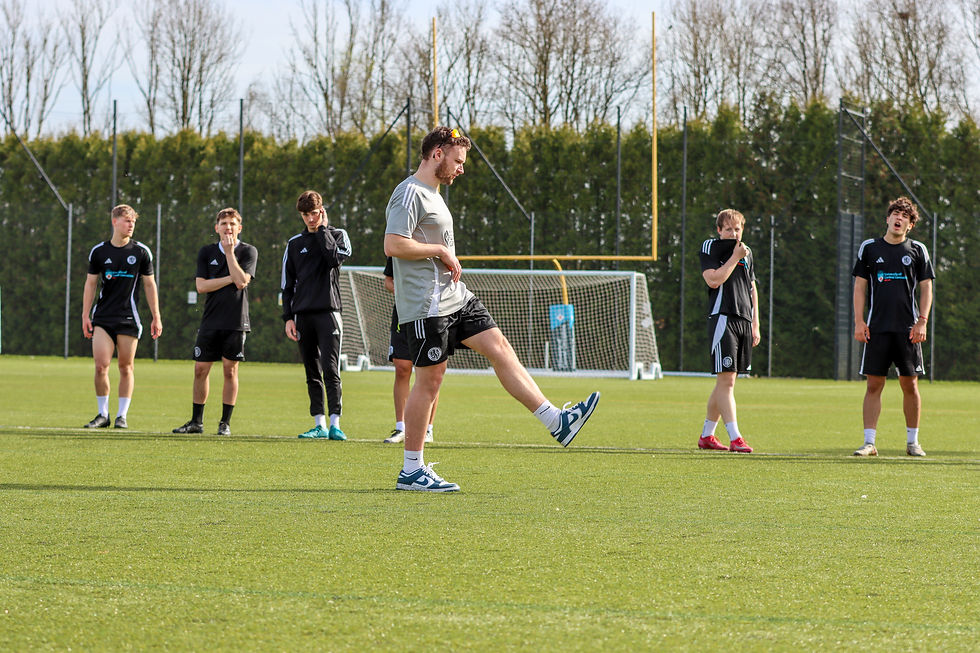The Footballer’s Power Checklist: 5 Key Steps to Master Plyometrics
- mikeparabellumcoac
- 4 days ago
- 1 min read

Plyometric training is a game-changer for footballers who want to improve explosiveness, speed, and overall strength on the pitch. Whether it’s accelerating past a defender, jumping for a header, or changing direction at pace, developing power can give you that extra edge. Here’s a simple 5-point checklist to make sure you’re getting the most out of your plyometric work:
1. Master the Basics First
Before you load up with intense jumps, make sure you have a strong foundation. Solid squat and lunge mechanics are essential, as poor movement patterns under explosive force can lead to injury. Build lower-body strength first, then layer plyos on top.
2. Prioritise Quality Over Quantity
Plyometrics aren’t about endless reps — they’re about sharp, powerful movements. Focus on a few high-quality sets (e.g. 3–5 reps) where you can give max intent. Once form or power drops, stop.
3. Progress Gradually
Don’t jump straight into depth jumps from a high box. Start with low-level drills like skipping, pogos, and squat jumps before progressing to bounding, single-leg hops, and drop jumps. Think: crawl → walk → sprint → fly.
4. Control Landings
Explosive take-offs are important, but controlled landings are what protect your joints and build resilience. Absorb force softly, land with bent knees, and keep your balance before going again. Strong landings equal stronger players.
5. Time Your Plyos Wisely
Do plyometric work when you’re fresh — usually at the start of your strength or field session. This way, you can move at max effort and avoid sloppy technique caused by fatigue.
.png)


Comments